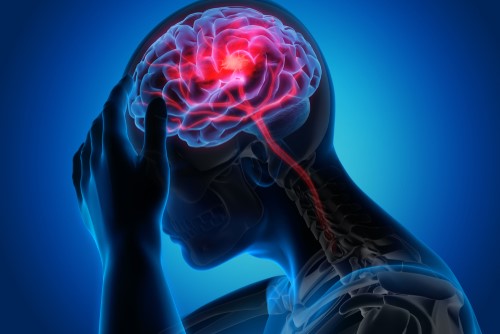In a randomized controlled trial published in BMC Neurology, researchers evaluated a craniocervical muscle-strengthening exercise (CMSE) for reducing the incidence and severity of headaches in patients with migraines. Unfortunately, the study’s primary investigator Mariana Tedeschi Benatto and colleagues found that CMSE alone was “insufficient in reducing the frequency and intensity of headache, improving the performance of the cervical muscles, or reducing migraine and neck pain-related disabilities.”
The trial involved 2 parallel, randomized groups. Patients in the intervention group (n = 21) performed a CMSE regimen for 8 weeks, while those in the placebo group (n = 21) received sham therapeutic ultrasound in the upper trapezius and a guideline for home stretching. The primary measures were the frequency and intensity of headaches, while secondary measures included migraine and neck disability questionnaires, satisfaction with treatment, cervical range of motion, the pressure pain threshold, the craniocervical flexion test (CCFT), the cervical muscle strength and endurance test, and cervical muscle activity during the physical tests. The follow-up period was 3 months.
In the article, the authors found no differences between the 2 groups in primary measures at the 8-week and 3-month follow-ups (p >.05). Interestingly, the authors reported that “craniocervical exercises improved the sensitivity of the frontal muscle (p = .040) and promoted a reduced amplitude of muscle activity of the anterior scalene and upper trapezius in the last stages of CCFT (p ≤.010).” Additionally, muscle activity of the anterior scalene and the splenius capitis was reduced in the study’s endurance testing (p ≤.045).
Ultimately, Benatto and colleagues concluded that, “performing CMSE is not enough to reduce the frequency and intensity of headache or improve the performance of the cervical muscles and reduce migraine and neck pain-related disabilities.”
Source: https://bmcneurol.biomedcentral.com/articles/10.1186/s12883-022-02650-0









